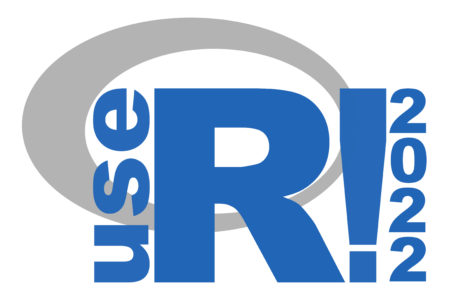Here’s some more info:
Title: Fundamentals of Exploratory and Inferential Spatial Data Analysis in R
Date: Thursday, September 13th, 18:00 – 20:00 CEST (Rome, Berlin, Paris timezone)
Speaker: Denys Dukhovnov, Ph.D. student in Demography at University of California, Berkeley. His research revolves around small-area estimation and geographic inequalities in mortality in the United States. He holds a previous M.A. degree in Data Analytics and Applied Social Research, held multiple research positions in social science fields, and currently works as a researcher at the Human Mortality Database (HMD).
Description: This workshop will provide a hands-on overview of the exploratory and inferential spatial data analysis in R. The attendees will become familiar with statistical concepts of spatial adjacency and dependence and with various methods of measuring it (using such indicators as Moran’s I, Geary’s C, LISA/ELSA plots, etc.), as well as with statistical challenges of working with spatial data (e.g. modifiable areal unit problem or MAUP). In addition, the workshop will provide a foundational overview of inferential spatial analysis, specifically through the application of the basic types of spatial econometric regression models (SAR, SLX, SEM models). An emphasis will be made on the interpretation and reporting of the model performance and results. Prior familiarity with spatial data types and OLS regression is helpful, but not necessary.
How can I register?
- Go to https://bit.ly/3wvwMA6 or https://bit.ly/3PFxtNA and donate at least 20 euro. Feel free to donate more if you can, all proceeds go directly to support Ukraine.
- Save your donation receipt (after the donation is processed, there is an option to enter your email address on the website to which the donation receipt is sent)
- Fill in the registration form, attaching a screenshot of a donation receipt (please attach the screenshot of the donation receipt that was emailed to you rather than the page you see after donation).
If you are not personally interested in attending, you can also contribute by sponsoring the participation of a student, who will then be able to participate for free. If you choose to sponsor a student, all proceeds will also go directly to organizations working in Ukraine. You can either sponsor a particular student or you can leave it up to us so that we can allocate the sponsored place to students who have signed up for the waiting list.
How can I sponsor a student?
- Go to https://bit.ly/3wvwMA6 or https://bit.ly/3PFxtNA and donate at least 20 euro (or 17 GBP or 20 USD or 750 UAH). Feel free to donate more if you can, all proceeds go to support Ukraine!
- Save your donation receipt (after the donation is processed, there is an option to enter your email address on the website to which the donation receipt is sent)
- Fill in the sponsorship form, and attaching the screenshot of the donation receipt (please attach the screenshot of the donation receipt that was emailed to you rather than the page you see after the donation). You can indicate whether you want to sponsor a particular student or we can allocate this spot ourselves to the students from the waiting list. You can also indicate whether you prefer us to prioritize students from developing countries when assigning place(s) that you sponsored.
You can also find more information about this workshop series, a schedule of our future workshops as well as a list of our past workshops which you can get the recordings & materials of here.
Looking forward to seeing you during the workshop!

